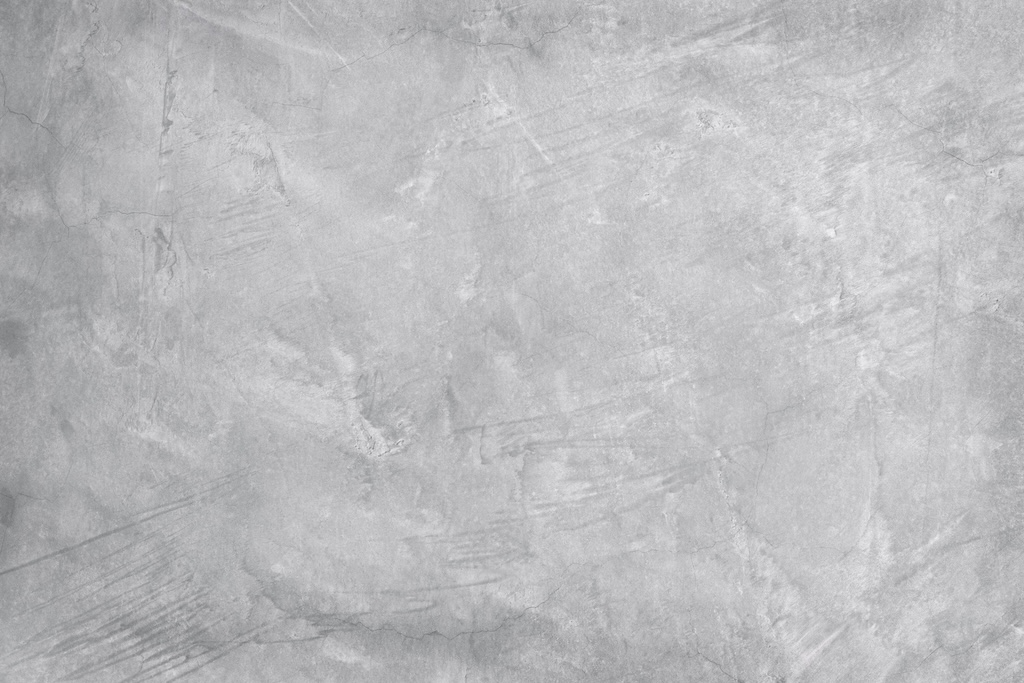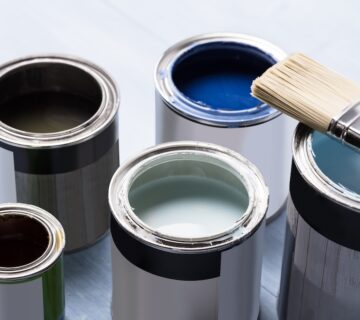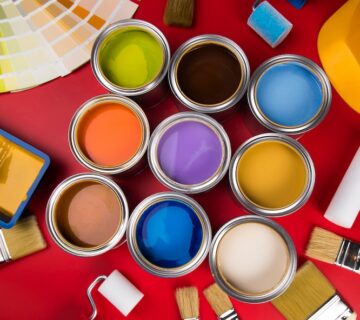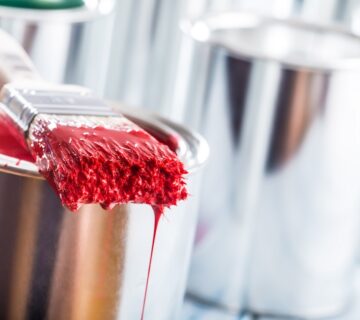Faux finishes have the remarkable ability to transform ordinary surfaces into extraordinary artistic statements. From the elegance of marbleizing to the rustic charm of wood graining, faux finishing techniques allow you to impart almost any look and texture onto a variety of surfaces. These techniques challenge the painter’s skill and creativity to replicate the complex appearance of natural materials. In this blog, we explore the art of creating faux finishes on different surfaces and how they can enhance your space, adding both beauty and character.
Understanding Faux Finishing
Faux finishing is a decorative paint technique that mimics the appearance of materials like stone, wood, fabric, and more. This technique involves a combination of layering paints, glazes, and textures to achieve the desired effect. Mastery of faux finishing allows for customization in color and texture that cannot be easily replicated by natural materials. Furthermore, it offers a cost-effective solution to achieve high-end looks without the expense of real materials.
Faux Finishing on Walls
Walls are the most common canvas for faux finishes. Techniques such as sponging, ragging, and color washing can add depth and interest to flat walls. These methods can create the illusion of texture and can be used to hide imperfections. Moreover, a well-executed faux finish can transform a wall into a focal point of the room without the need for expensive wall coverings.
Faux Marble Effect
The faux marble effect is a popular choice for adding luxury to surfaces like countertops, pillars, and fireplaces. It involves layering different shades of paint and using feathering techniques to mimic the natural veins of marble. The process requires a careful hand and a keen eye for detail to replicate the depth and translucency of real stone. The end result is a sophisticated surface that exudes the opulence of marble.
Wood Graining
Wood graining is a technique used to replicate the look of natural wood on surfaces such as doors, cabinets, and furniture. Specialized tools and techniques create the knots and grain patterns characteristic of wood. The beauty of this technique lies in its ability to turn a plain surface into one with the warmth and texture of natural wood. It can also be a great way to restore or update furniture without the need for expensive solid wood pieces.
Faux Leather Finish
Faux leather finishing on walls or furniture can bring a sense of sophistication and warmth to a room. This involves using glazes and texturing techniques to simulate the look and feel of real leather. The tactile experience of faux leather adds a luxurious and cozy element to interiors, making it a popular choice for dens, libraries, and other intimate spaces. Additionally, this style is versatile and adapts to match various decor themes, enhancing its appeal.
Stenciling and Gold Leafing
Stenciling and gold leafing are techniques often used in conjunction with faux finishes to add decorative accents and highlights. These enhancements can either heighten the realism of the faux finish or introduce an artistic flair. Stenciling allows for intricate patterns and details, while gold leafing adds a touch of opulence with its shimmering presence. Both methods can elevate a faux finish from impressive to exquisite, transforming ordinary surfaces into striking visual statements.
Challenges and Tips
Creating a convincing faux finish requires patience, practice, and attention to detail. It’s important to understand the characteristics of the material you’re trying to replicate. Always practice on a sample board before applying the technique to the actual surface. Beginners should start with simple techniques and gradually progress to more complex finishes. Moreover, seeking guidance from experienced artists can provide valuable insights and improve the quality of your work.
Final Thoughts
The art of faux finishes opens up a world of creative possibilities for transforming various surfaces. Whether it’s adding an elegant touch with a marble effect or a rustic feel with wood graining, these techniques can elevate the aesthetic of any space. With the right tools and techniques, even the most novice painter can begin exploring the transformative power of faux finishes. For more inspiration and guidance on faux finishes and painting techniques, visit our website at sisupainting.com and our blog at sisupainting.com/blog.





No comment